![]() After 25 years of never having seen a full winter, I am now experiencing another in Australia. Even if it is still a little like a U.K. summer in Central Queensland. (Those in the U.K. tell me they are having a warm and dry summer.
After 25 years of never having seen a full winter, I am now experiencing another in Australia. Even if it is still a little like a U.K. summer in Central Queensland. (Those in the U.K. tell me they are having a warm and dry summer. 
Presently we have outside horses in for starting as well at home, some of which are getting close to returning to their owners. We have also been busy with cattle work, preg testing, weaning and taking the bulls out.
Whats Coming Up:
Outside horses are continuously coming through our home facilities and at the beginning of August we have a 2 day Foundation Course here at home. In the U.K. we have a 3 day virtual course coming up in Shropshire this coming weekend, starting Friday. These courses have been very well received and the technology does work. For those that are interested I have an online course available as well from the website: https://www.davidstuart.com.au/courses/online-course-the-start/ In September there is also a 3 day cow working and horsemanship course in Townsville. For a full course schedule please visit the website. www.davidstuart.com.au I have put together another horsemanship article below, happy reading, it is long one.
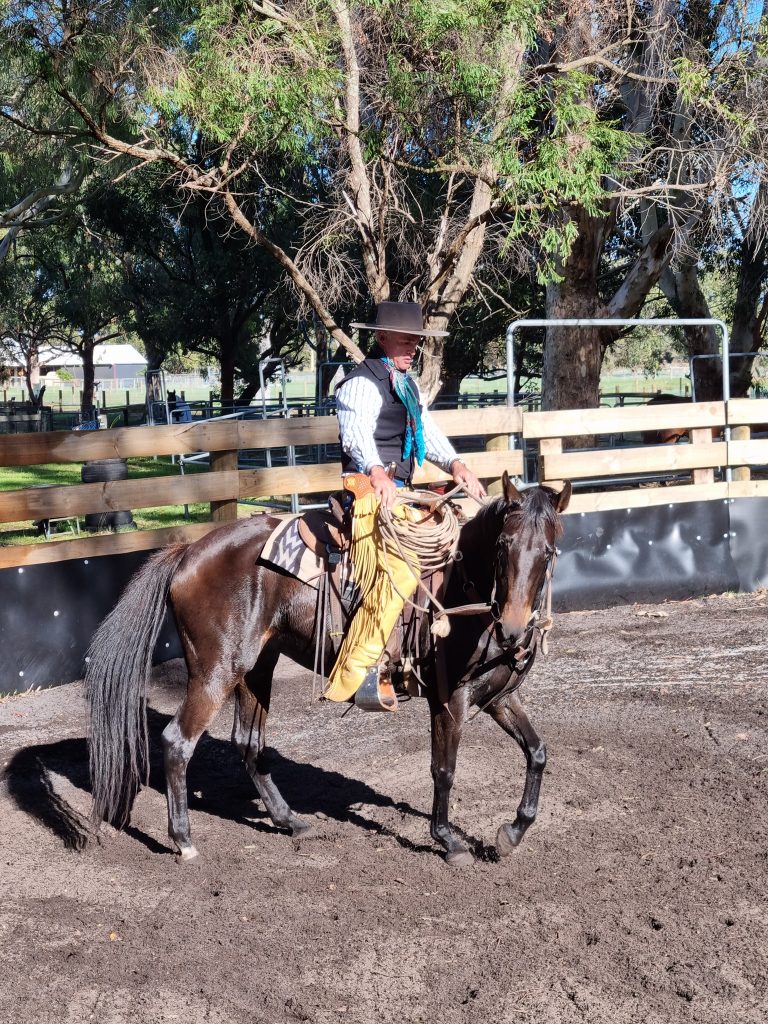
 Getting Things Solid
Getting Things Solid
” Have Your Goal Be: To Develop A Dependable Riding Horse.” Yes it does take time. For those that have invested in their own education and have taken ownership of that goal, horses that once, would have troubled them are now in a better place as is the human as well.
In my online course, one of the videos is on trailer loading. This horse had not been on a trailer until 5 minutes before the camera started. I had though, played around and got her more confident with other things. As a result of good preparation, the trailer was not a problem. Prepare your horse for saddling, for riding, for trailer loading, for tying up etc.
As your horse becomes more solid other experiences are often more pleasant for us all. The video below I have put on social media, so some will have seen it before. It is the same horse as in the image above and a very athletic mare and really nice horse to ride. ( There is no music to the video, it took me all day to work out how to upload it to a blog 
Perhaps if I can give more insight into the video in this blog. At a Ray Hunt course in France around 2005, Ray was having some of us straddle a small ditch with the young horses that we were riding. He said this was something that Tom would often do. It was not intended as a trick, more an ability for you to know where your horses feet are and then be able to direct them to where you would like them to be.
When riding count cadence with your horses feet. Do this when you are out on the trail, it will help you with your feel and timing. It is a simple thing, but it will take discipline on your part.
If you can get to the feet then maybe you could get to the mind, then maybe you could help to get the horse to let down. Maybe it would help you with leads etc. Maybe you could do the same on the ground as well. Horses learn to control each other through how they move each others feet. So there is a lot to this. This is not about dominance, maybe it is about learning to dance with each other, have a conversation with each other.
As you play with this in different ways it will take less and less. In the saddle the feet may start to feel like they are your feet.
As you have more quality to what you are asking it will take less quantity. There are no ribbons or prize money to be won and it is not a competition. It is about enjoying your horses and horsemanship and taking pride in what you do.
I hope the above is genuinely helpful to those that have made it this far. We all have our own road to walk and we all have different outcomes. Keep looking forward, you have come this far, keep going.

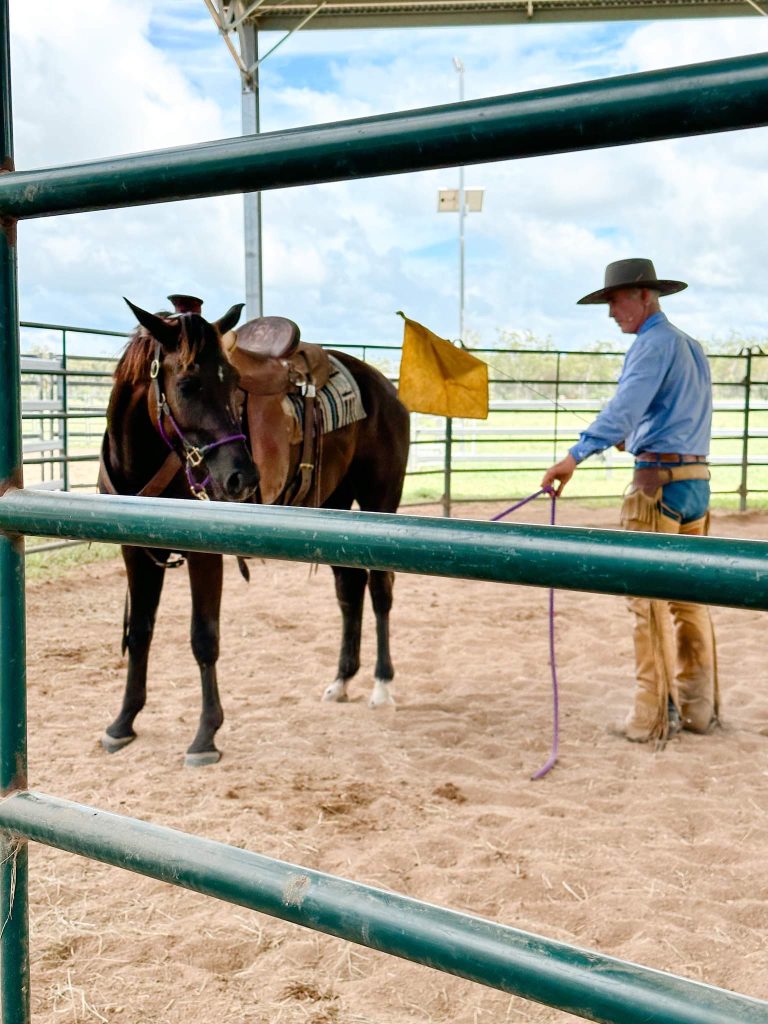
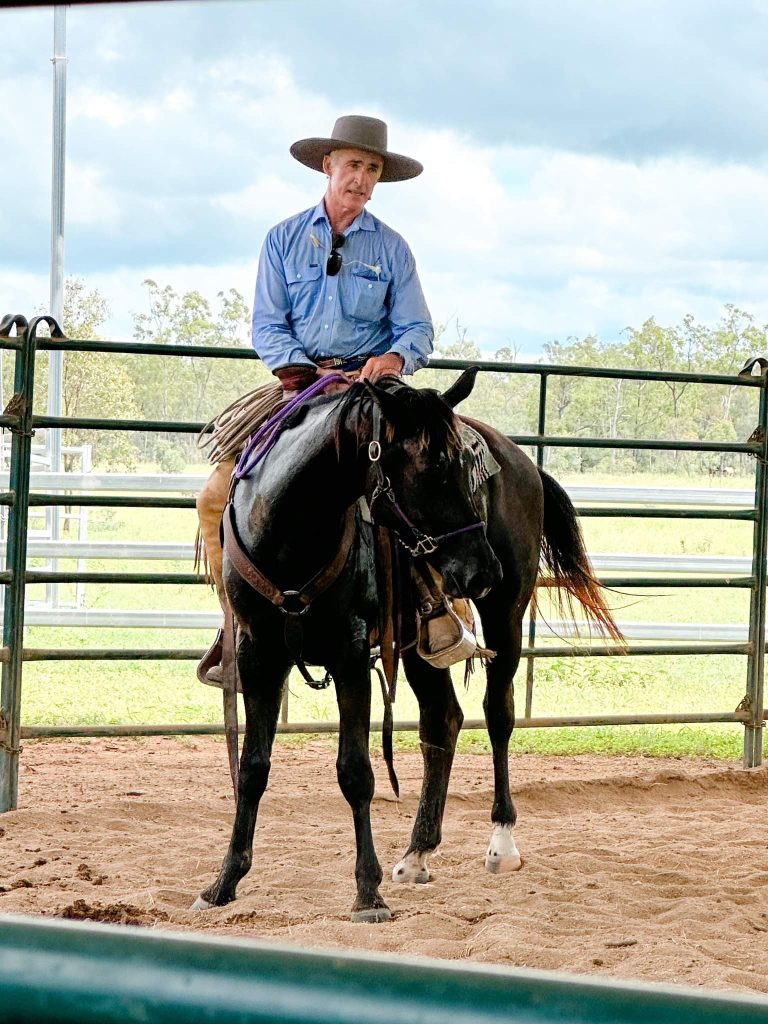
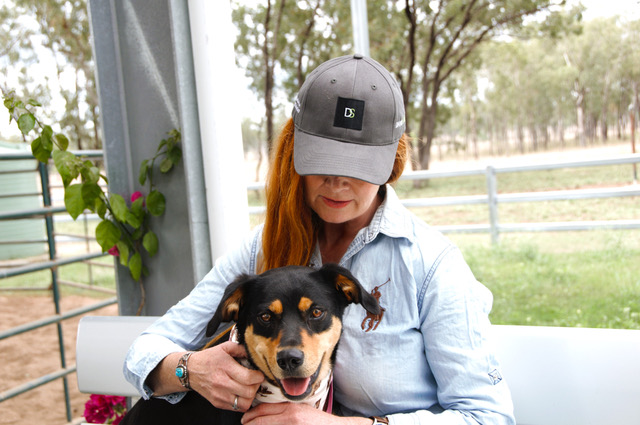
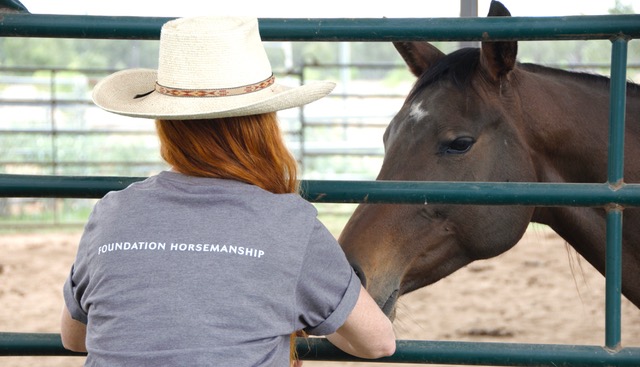
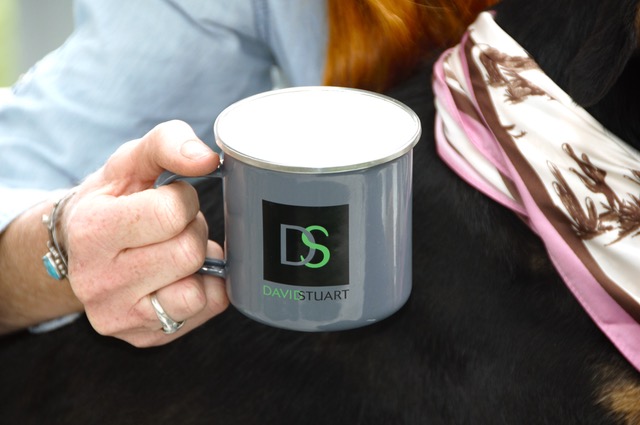
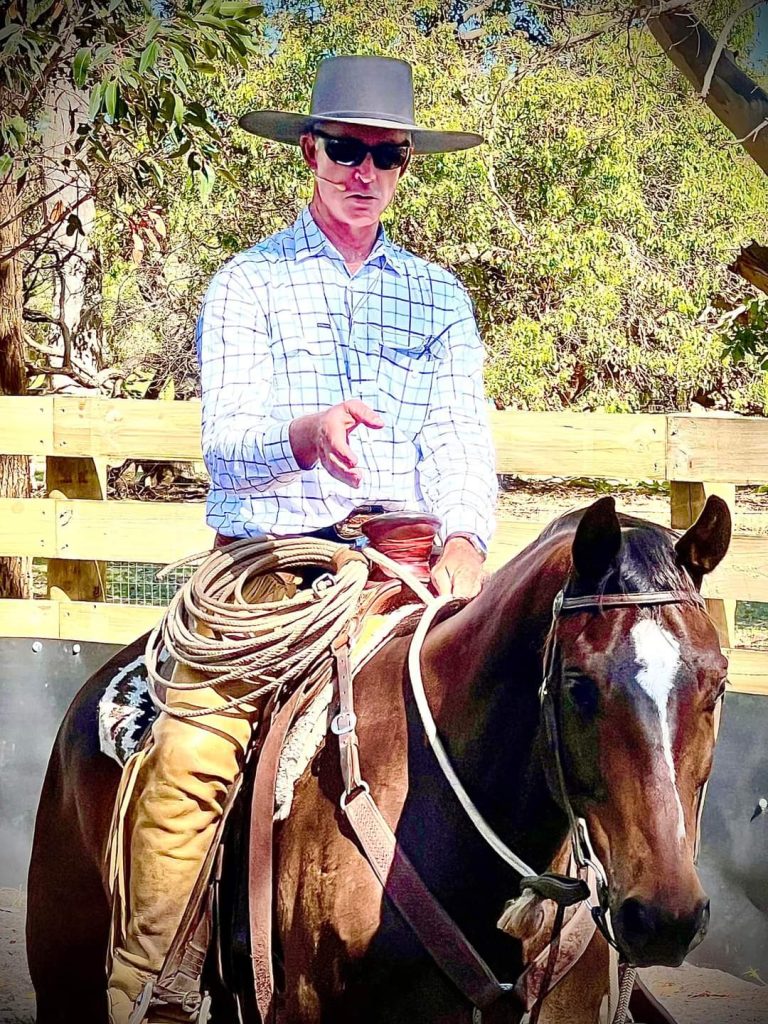
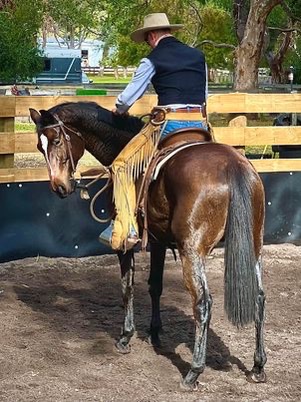
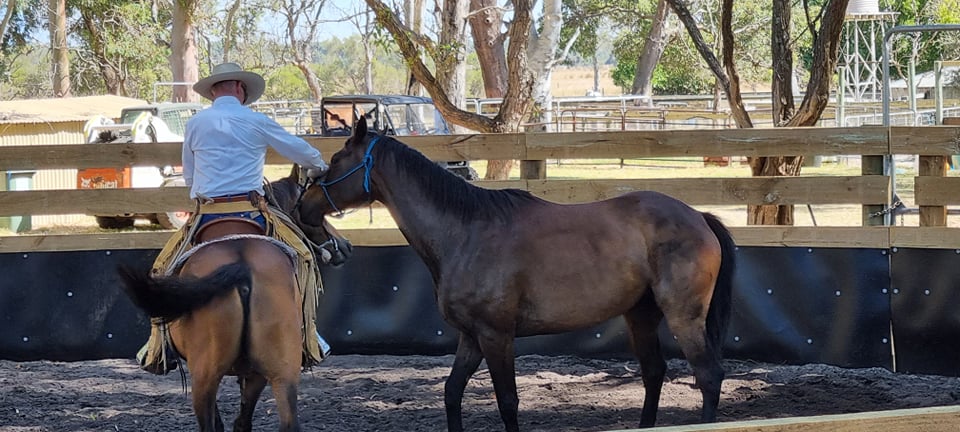
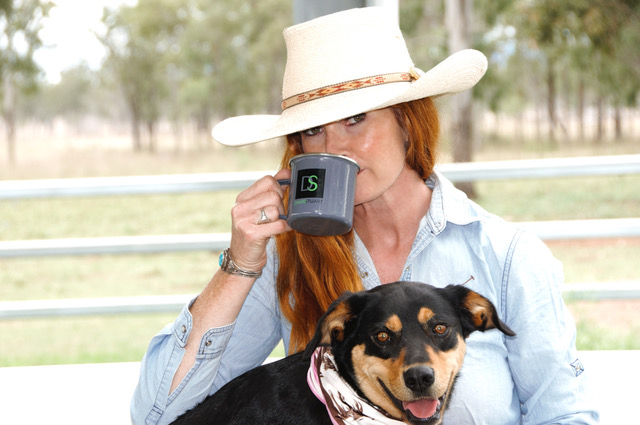
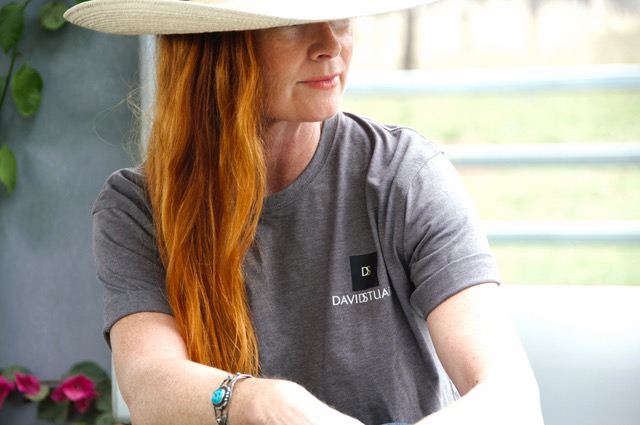
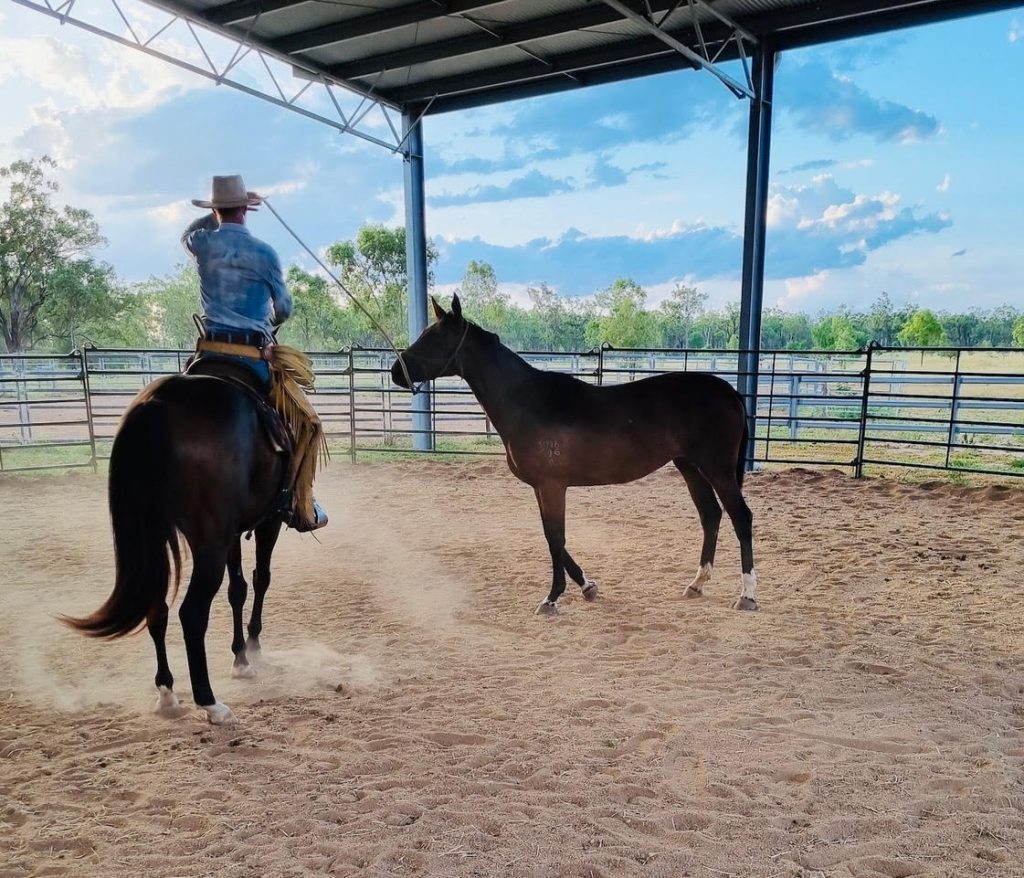
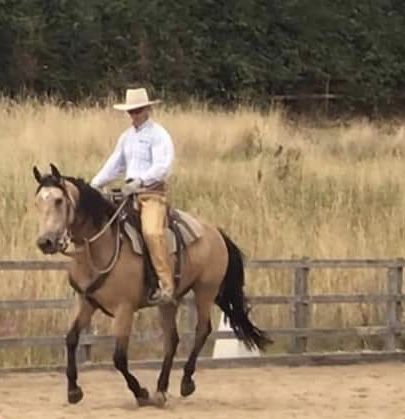
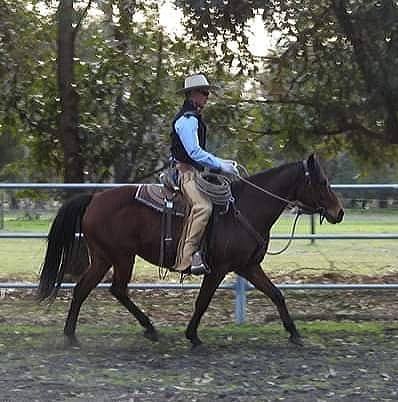
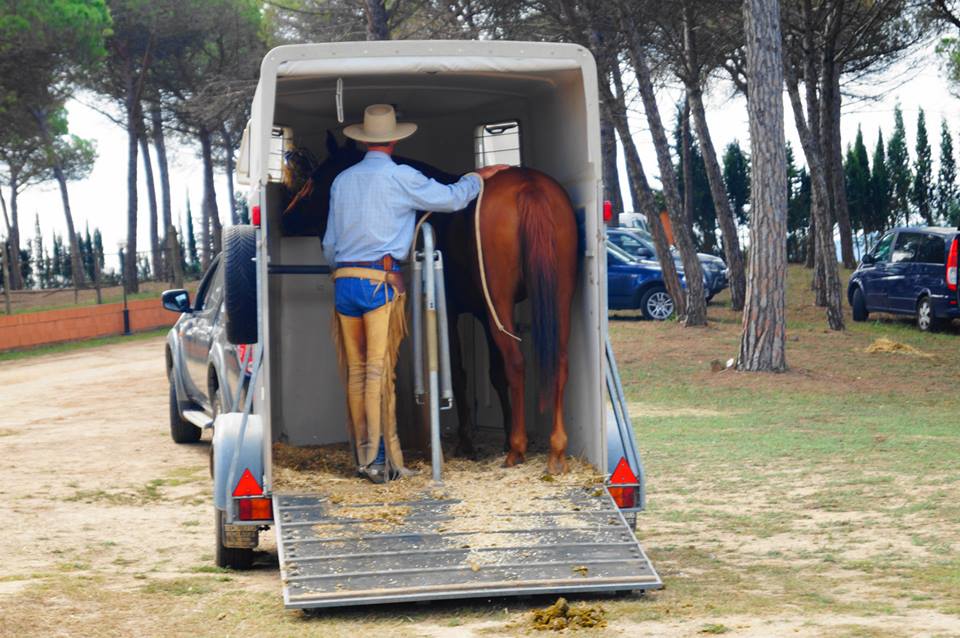
Recent Comments